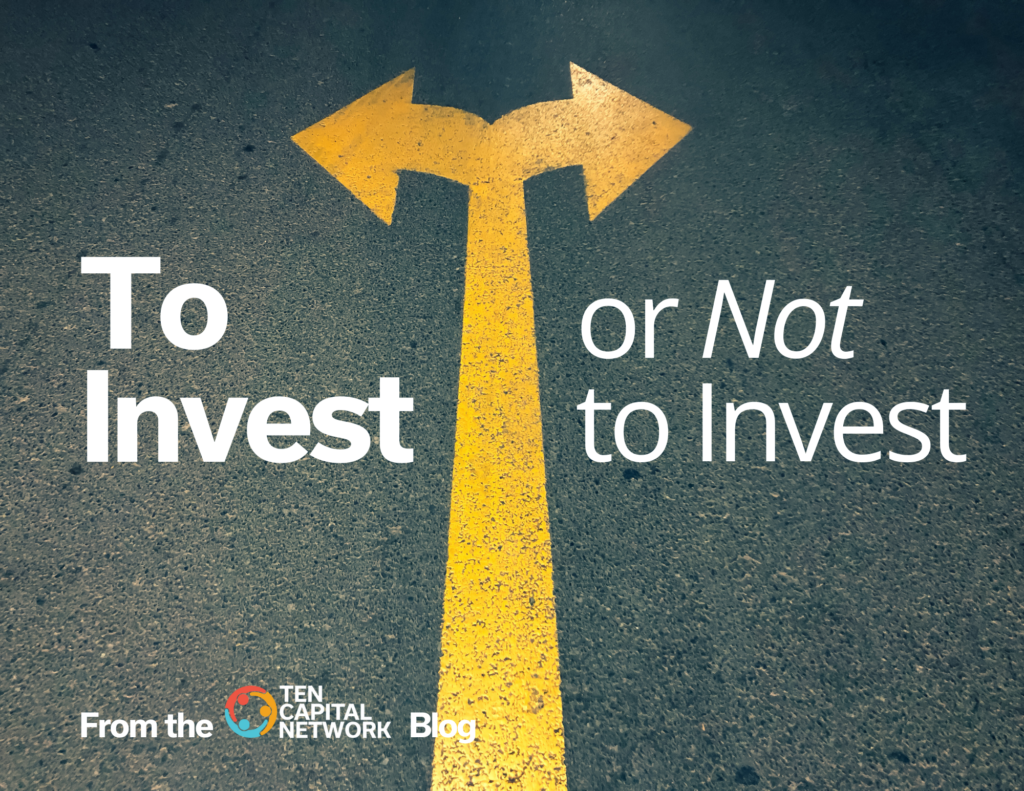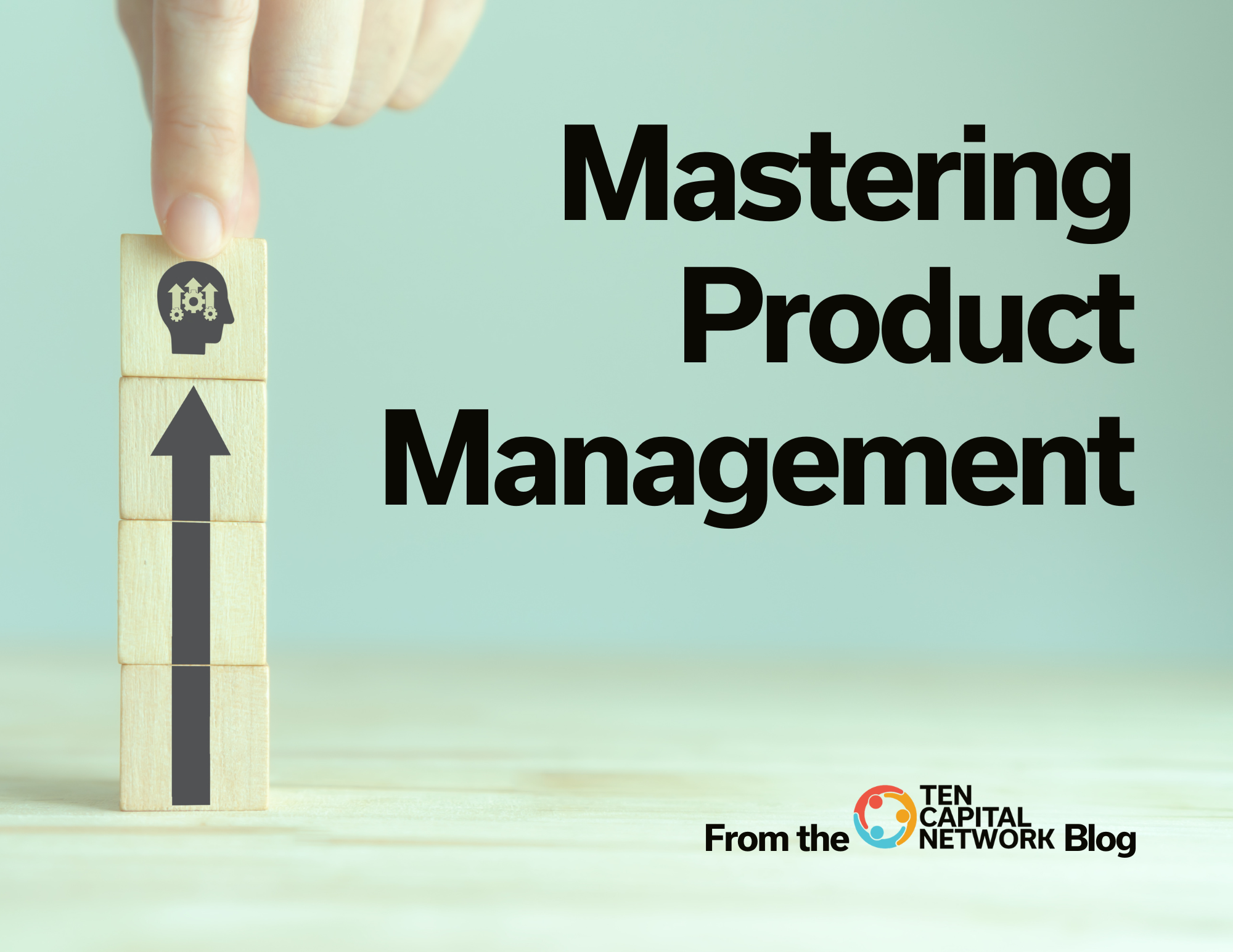2 min read In the startup world, everyone has a grand idea, but how do you know when to invest?
The startup needs more than just goals in the slide deck; they need systems in place to accomplish the goal and show the growth story in progress.
As an investor, how do you know which startups can talk the talk and walk the walk? There are characteristics to look out for in a startup that raise either green or red flags.
When to Invest
After you have applied the traditional investment thesis to the startup’s plans, check for the following positive traits:
- There should be a strong team with integrity, industry knowledge, and business experience.
- They should have product validation and market validation, meaning that the product works and people will pay for it.
- The startup should already have the prospects for high growth and be demonstrating this at some level now.
- The business needs to be scalable and something that other companies will want to buy into eventually.
- The potential return needs to be significant to allow you as the investor to reach a 44% IRR or better.
- Finally, you need to help the startup in some way, such as finding other investors, providing domain knowledge, or making other meaningful connections for the startup.
When Not to Invest
There are traits you can look for that will tell you not to invest in the startup. Here is a checklist of showstoppers:
- There’s no business plan, as well as no plan for an exit.
- There’s no vision for the company.
- There’s no growth in the target market.
- The business doesn’t provide enough of a return on investment.
- The team has too many holes to stand up.
- The projected growth rate is too high and is unrealistic.
- There’s no differentiation over the competition.
You should also beware of the “Pretend-preneur,” the entrepreneur who likes the idea of running a startup but is not committed to the work required to make it a success. Here are some tell-tale signs to watch out for:
- They are overly worried about job titles and credit for the work.
- They don’t seem too focused on the customer and what it will take to make them happy with the product. They view this as a “detail to figure out later.”
- They focus on the superficialities of the business and not the core functions of building the product and selling it.
- They look for ways around the hard work rather than working their way through it.
- Problems are the fault of everyone else, and there’s nothing that they can do about it.
- They don’t know who their customers are, and this doesn’t bother them.
- They think funding will solve all problems and life will be easier after the raise.
- They don’t know their numbers, but someone else in their organization does, and that’s good enough.
Making The Final Decision
The decision to invest or pass is entirely up to you. No one knows what the future may hold. But we can make the most informed, rational, and logical choice possible in this scenario.
Taking the positive and negative characteristics lists above into consideration, you can use the process of elimination to remove deals from your potential investment list, allowing you to focus on the ones that can bring success to you and your team.
Read more about how TEN Capital can help you find the right deal-flow: https://www.startupfundingespresso.com/investor-landing/

Hall T. Martin is the founder and CEO of the TEN Capital Network. TEN Capital has been connecting startups with investors for over ten years. You can connect with Hall about fundraising, business growth, and emerging technologies via LinkedIn or email: hallmartin@tencapital.group





